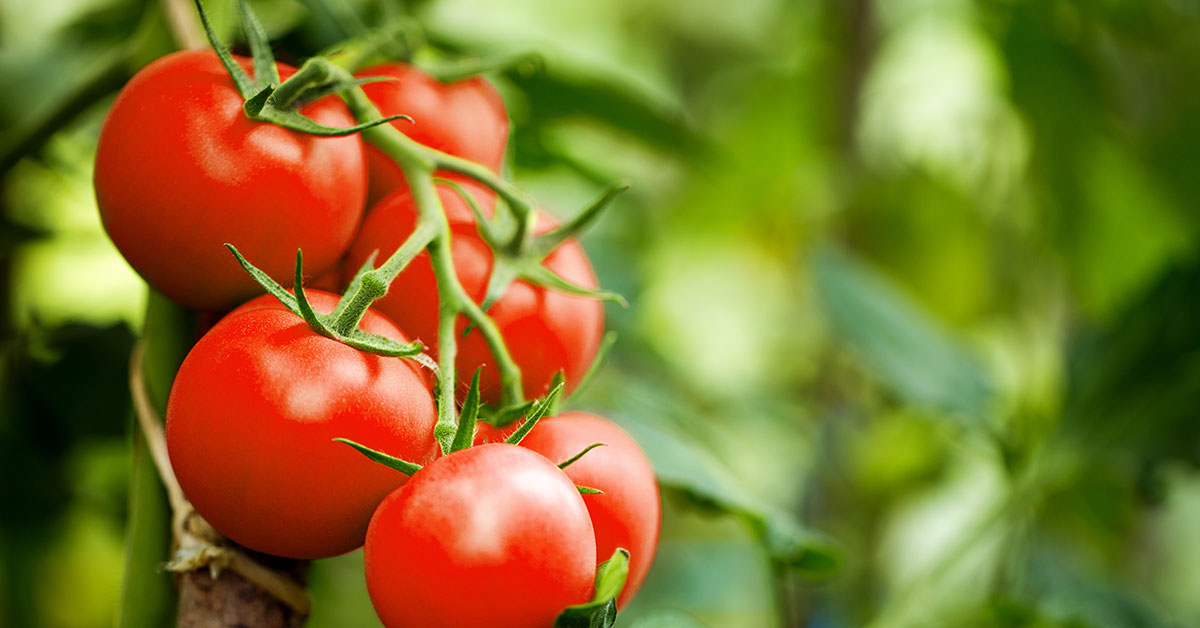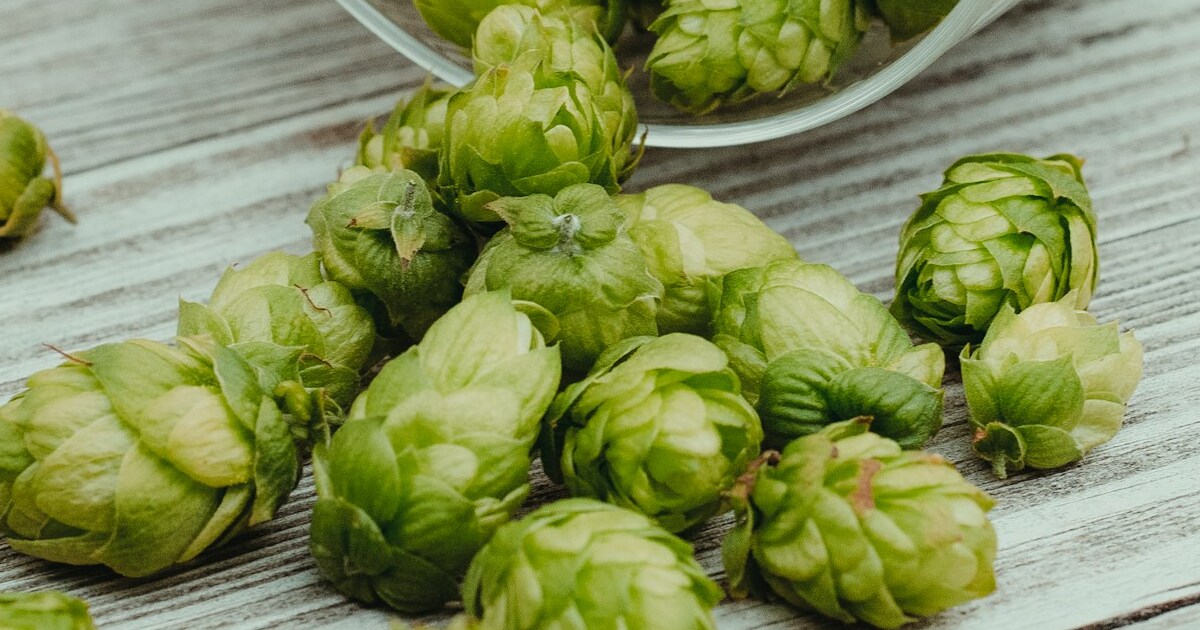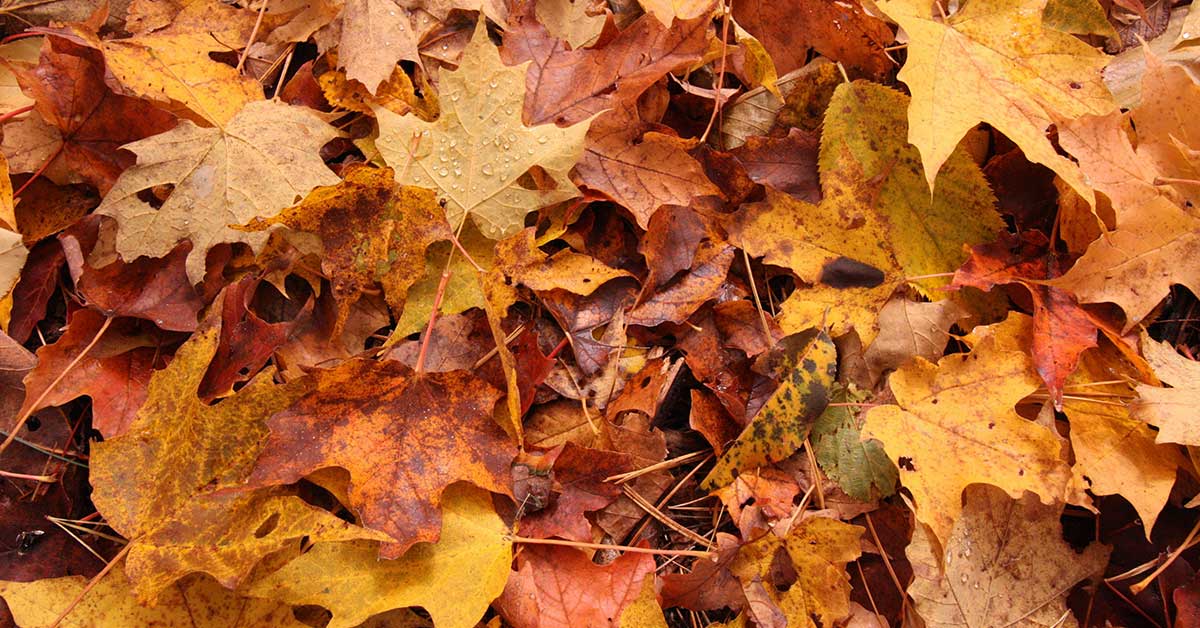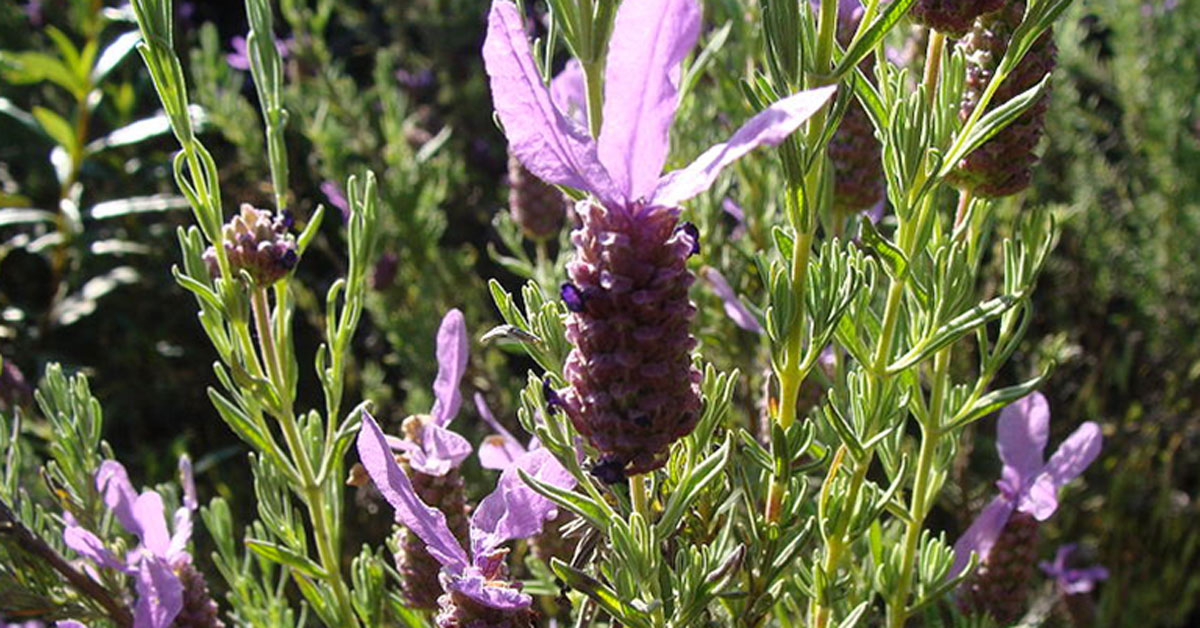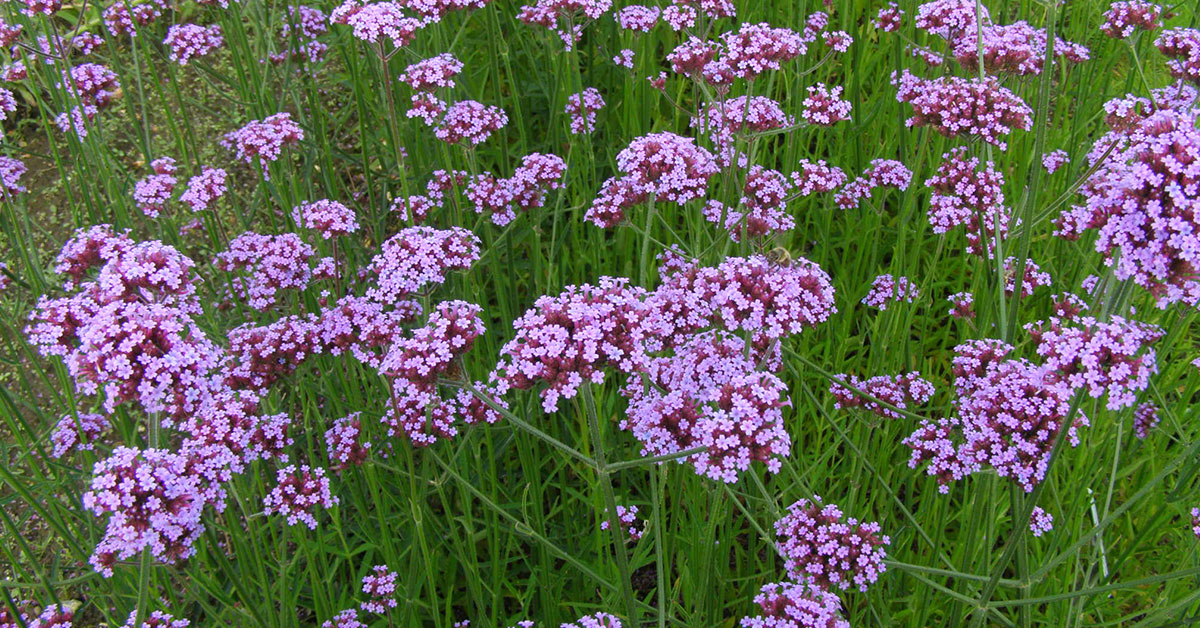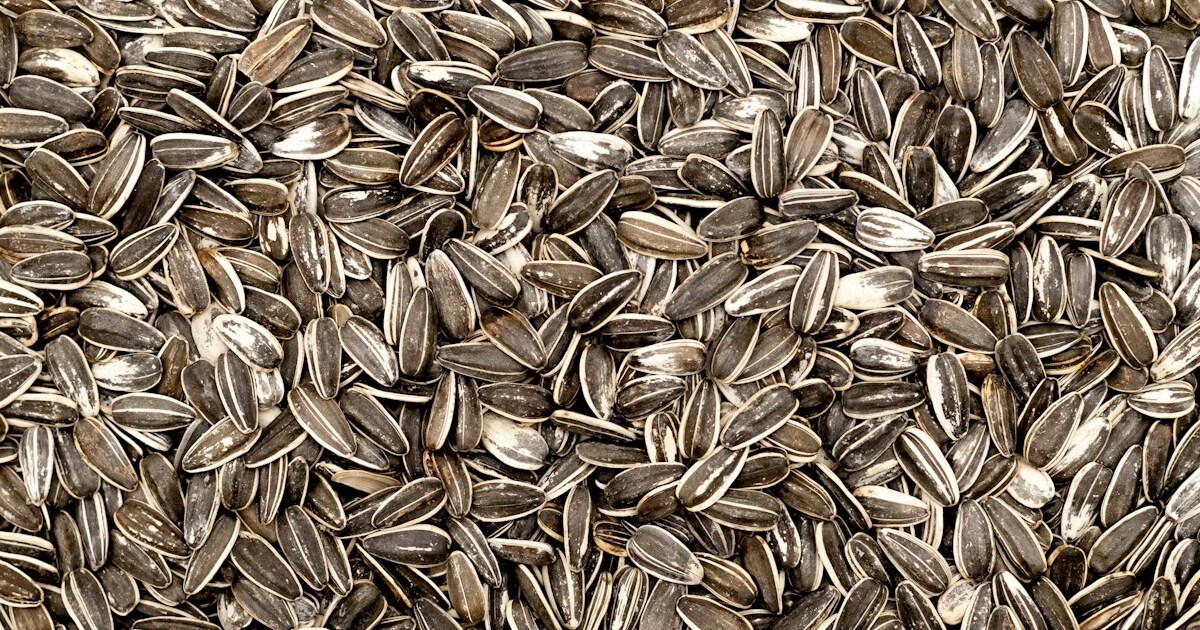There’s something undeniably uplifting about welcoming tall, fast-growing indoor plants into your living space! As an avid gardener who’s spent countless hours nurturing greenery in every corner of my home, I understand the frustration of slow growth or plants that just don’t seem to settle in. Indoor gardening can sometimes feel like a never-ending battle against low light and cramped conditions, but the right plants can truly transform your environment. In this article, I’m excited to share 12 stunning indoor plants that not only reach for the ceiling but also bring a burst of natural charm and vitality into your home!
Each plant in this curated list comes with its own fascinating background—from native origins in tropical forests and arid landscapes to interesting behaviors like providing nesting sites for beneficial critters or attracting air-purifying insects. I know how disheartening it is when your green companions don’t flourish, especially after putting so much love and effort into your indoor oasis.
Dracaena Marginata
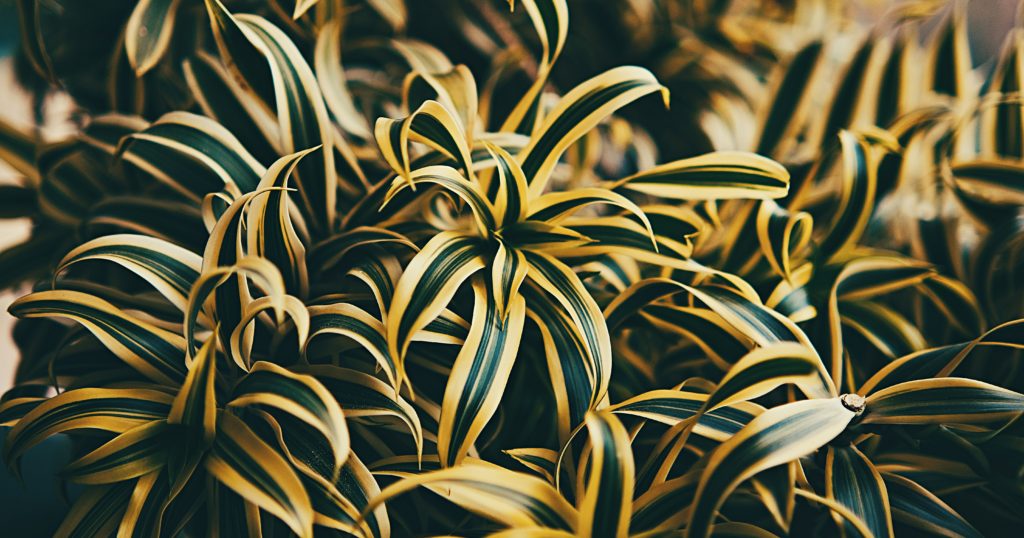
Dracaena Marginata, commonly known as the Madagascar Dragon Tree, is a standout for anyone looking to add vertical drama to their indoor garden. Native to Madagascar, this striking plant sports narrow, spiky leaves that cascade gracefully from a slender trunk. I’ve found that its rapid growth and architectural form make it a perfect accent in any room, while its unique foliage creates a mini haven for small beneficial insects that occasionally find shelter on its leaves!
This plant thrives in bright, indirect light and adapts well to indoor conditions, making it an ideal candidate for those frustrated by slow-growing houseplants. Dracaena Marginata is not considered invasive in the controlled environment of your home, so you can enjoy its fast growth without worry. Its resilience and minimal care requirements are a true blessing for both seasoned and novice indoor gardeners alike!
Monstera Deliciosa

Monstera Deliciosa, often referred to as the Swiss cheese plant, hails from the tropical rainforests of southern Mexico. Its large, fenestrated leaves not only create a dramatic focal point but also serve as natural air filters, attracting curious indoor critters like spiders and beneficial insects that appreciate the microhabitats provided by its deep crevices. I’ve always been thrilled by how quickly this plant can grow and transform a room into a lush, tropical retreat!
In addition to its visual appeal, Monstera Deliciosa adapts remarkably well to indoor conditions and is known for its robust, fast-growing nature. While it isn’t invasive when kept inside, its vigorous habit reminds me of the wild, competitive spirit of its native habitat. Embrace the exuberance of Monstera, and let its cascading leaves invite a bit of the tropics right into your living space!
Bird of Paradise
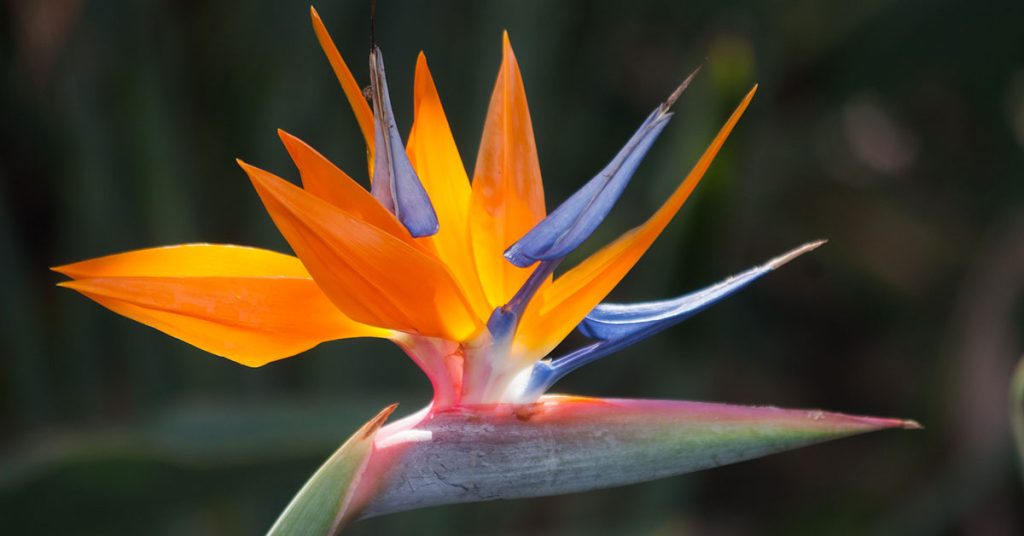
The Bird of Paradise is a bold and elegant indoor plant, native to the subtropical regions of South Africa. With its striking, broad leaves that resemble the wings of a bird in flight, this plant adds a touch of exotic allure to any interior. I’ve seen it transform even the most drab space into a vibrant jungle oasis, and it never fails to attract admiring glances—and occasionally a curious bee or two—to its impressive foliage!
Its fast-growing nature makes the Bird of Paradise an exciting choice for those who want to see quick, tangible results in their indoor gardens. Although primarily celebrated for its visual impact, the plant’s broad leaves also create a microenvironment that can encourage small, beneficial insects to take up temporary residence. It’s a testament to nature’s ability to blend beauty with function, making this plant a true conversation starter!
Rubber Plant (Ficus elastica)
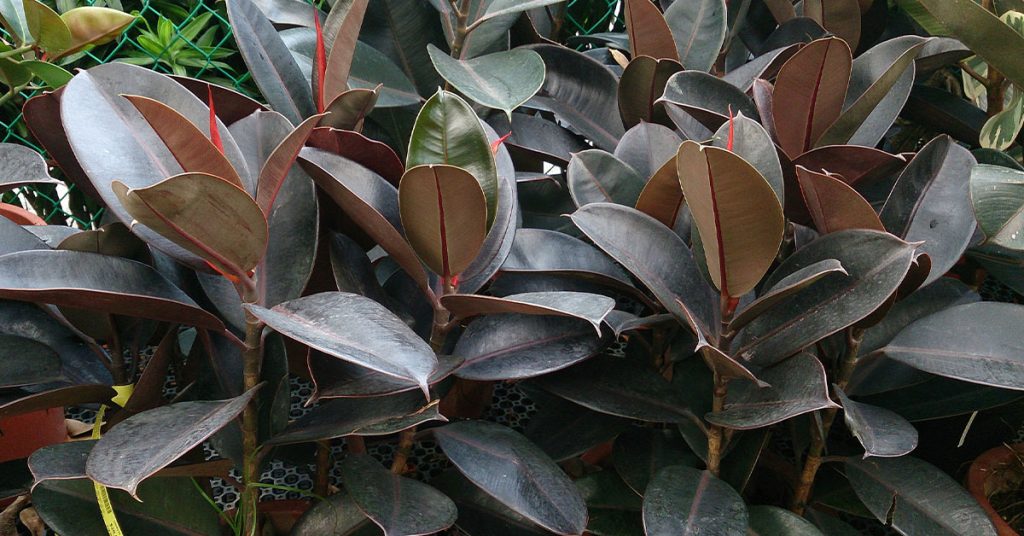
The Rubber Plant, scientifically known as Ficus elastica, is a powerhouse of indoor growth with its glossy, leathery leaves and robust stature. Native to the tropical regions of Southeast Asia, this plant has long been a favorite among indoor gardeners for its ability to purify the air while growing at a surprisingly fast pace. I always marvel at its resilience and the way its lush foliage creates a verdant backdrop that enhances any room’s ambiance!
Its vigorous growth means that, with proper care, the Rubber Plant can quickly become a central piece in your indoor landscape. While it’s not typically invasive within the confines of your home, its rapid expansion is a delightful reminder of the tropical wilds it originates from. By providing a natural nesting ground for small insects and even the occasional spider, this plant contributes to a miniature ecosystem that’s both functional and fascinating!
Fiddle Leaf Fig (Ficus lyrata)

Fiddle Leaf Fig trees, with their large, sculptural leaves, have taken the indoor plant world by storm! Native to the rainforests of western Africa, these trees are known for their dramatic foliage that not only brings an artistic flair to interiors but also creates ideal habitats for beneficial insects. I love how a well-placed Fiddle Leaf Fig can instantly lift the energy of a room and serve as a living piece of art that evolves over time!
Their fast growth and ability to thrive in indoor environments make them an excellent choice for those who crave a statement plant. While Fiddle Leaf Figs are not considered invasive, they do demand a bit of attention when it comes to light and watering, mirroring the conditions of their natural habitat. With the right care, these magnificent trees will reward you with robust growth and an ever-changing canopy that embodies the beauty of nature indoors!
Schefflera Actinophylla

Schefflera Actinophylla, commonly known as the Umbrella Tree, is a charming indoor plant native to Australia. Its compound, glossy leaves spread out like the ribs of an umbrella, making it a delightful focal point that brings both height and a burst of green into your home. I find it absolutely exhilarating to watch this plant grow rapidly, its cascading foliage creating natural nooks where small, friendly insects might take shelter!
This plant adapts well to indoor conditions and thrives in bright, indirect light, echoing its native habitat’s warm and sunny climate. Schefflera Actinophylla is not known to be invasive indoors, so you can enjoy its dynamic growth without worrying about it overtaking your space. Its architectural form and fast-growing nature make it an ideal candidate for anyone looking to infuse their home with a sense of natural elegance and energy!
Areca Palm

Areca Palm, also known as the Butterfly Palm, brings a tropical grace to indoor spaces with its feathery fronds and upright growth habit. Native to Madagascar, this palm is celebrated for its rapid growth and its ability to purify indoor air—a true boon for anyone struggling with stale environments. I always appreciate how its arching leaves not only add a touch of tropical beauty but also create natural, shaded retreats for small, beneficial critters to explore!
Growing quickly under the right conditions, the Areca Palm thrives in bright, indirect light and moderate humidity, closely resembling the warm climates it originally calls home. Although not invasive indoors, its exuberant growth can remind you of the wild, expansive palm groves of Madagascar. Embrace the tropical spirit of the Areca Palm and enjoy the refreshing ambiance it creates, along with its natural ability to bring a slice of paradise into your living space!
Norfolk Island Pine

Norfolk Island Pine is a unique indoor tree that exudes a cool, evergreen charm reminiscent of its native habitat on Norfolk Island in the South Pacific. Though not a true pine, its symmetrical, needle-like foliage gives it a distinct, festive appearance that works brilliantly as an indoor focal point. I’ve often found that its fast growth and structured form bring a sense of order and serenity to even the busiest of spaces, making it a cherished addition to my home!
Its natural elegance and adaptability to indoor conditions make the Norfolk Island Pine an excellent choice for those who appreciate nature’s architectural wonders. While it isn’t invasive, its rapid upward growth does require occasional pruning to maintain its balanced shape. Enjoy the steady, reassuring presence of this indoor tree, and let its cool, refreshing vibe remind you of far-off island breezes every day!
Yucca Plant

Yucca Plants are bold, architectural beauties that make a strong statement in any indoor setting. Native to the hot, dry regions of the Americas, yuccas are celebrated for their sword-like leaves and robust form that exudes a desert chic vibe. I’m always amazed at how these plants manage to thrive indoors, their rapid growth adding an exotic flair to living spaces and occasionally attracting small, beneficial insects that find refuge among their sturdy leaves!
Their impressive stature and low-maintenance nature make yuccas a popular choice for those who desire a striking, fast-growing plant. Although yucca plants can be invasive in some outdoor settings, when kept indoors they remain well-behaved and beautifully contained. Embrace the dramatic presence of a yucca, and let its resilient, sun-loving spirit infuse your home with a touch of arid, southwestern allure!
Ficus Benjamina
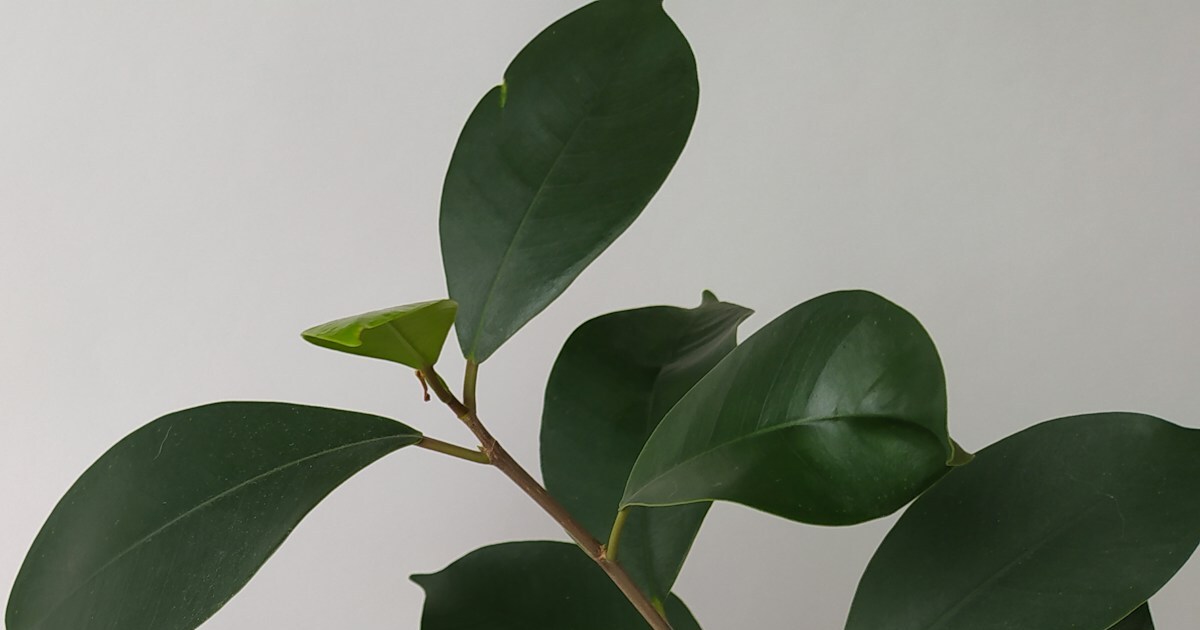
Ficus Benjamina, commonly known as the Weeping Fig, is a timeless indoor classic that brings both elegance and rapid growth to your space. Native to Southeast Asia, this plant’s delicate, arching branches and glossy leaves create a natural canopy that adds sophistication and a sense of calm to any room. I’ve always admired how its graceful form not only enhances the décor but also provides cozy niches where tiny, beneficial insects can find temporary shelter!
Its fast-growing habit means that Ficus Benjamina can quickly fill a room with its lush, verdant energy, offering a refreshing escape from the hustle and bustle of daily life. While it’s not known to be invasive indoors, its expansive foliage does require some attention to pruning and care to maintain its refined shape. With its blend of beauty, resilience, and a touch of tropical heritage, this plant is a true gem for any indoor garden enthusiast!
Bamboo Palm

Bamboo Palm, or Chamaedorea seifrizii, is a graceful indoor plant that brings a tropical, airy feel to any environment. Native to Central America, this palm is admired for its slender, bamboo-like stems and delicate fronds that sway gently with the slightest breeze. I love how its fast growth and natural elegance transform dull corners into lively, verdant retreats that even invite small, beneficial creatures to explore their intricately layered fronds!
The Bamboo Palm thrives in bright, indirect light and adds a fresh, natural vibe to your indoor space without overwhelming it. It’s not considered invasive indoors, making it a manageable yet striking addition to your plant collection. Embrace the serene beauty and rapid growth of the Bamboo Palm, and let it remind you of peaceful tropical landscapes even on your busiest days!
Kentia Palm
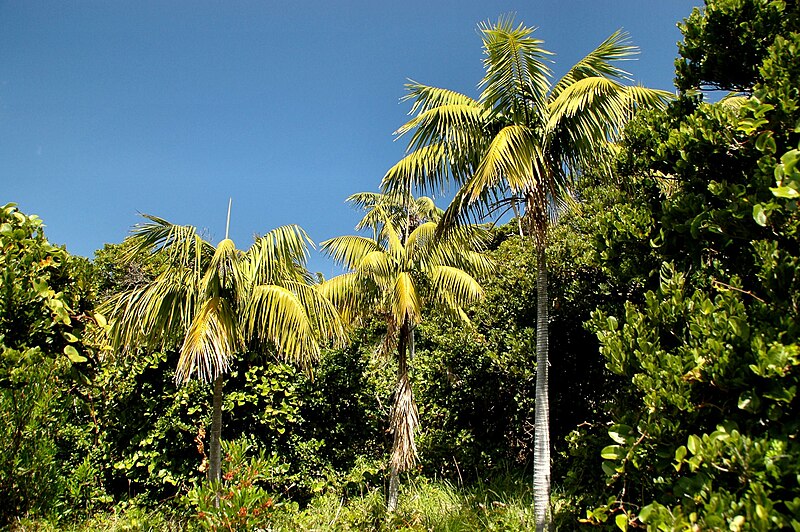
Kentia Palm, or Howea forsteriana, is renowned for its graceful, arching fronds and its ability to adapt to indoor environments with minimal fuss. Native to the subtropical islands of Lord Howe, this palm is celebrated for its elegant, slow yet steady growth, which adds a refined tropical touch to any room. I’ve always been impressed by its classic beauty and the way it creates a relaxed, resort-like atmosphere indoors, making every day feel a bit more luxurious!
Although not as rapid as some of the other plants on our list, the Kentia Palm’s steady growth and low maintenance needs make it an excellent choice for those who appreciate understated elegance. It is not considered invasive, and its sophisticated form can effortlessly anchor your indoor garden, providing a natural, calming focal point. Embrace the timeless charm of the Kentia Palm, and let its gentle presence remind you that even slow, steady growth can yield extraordinary beauty!


